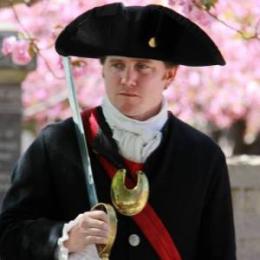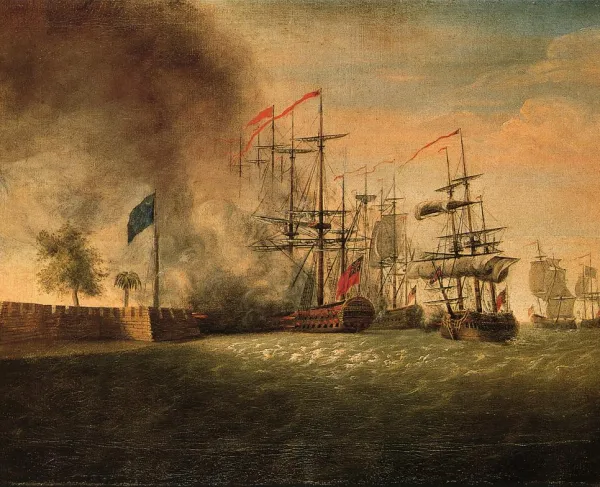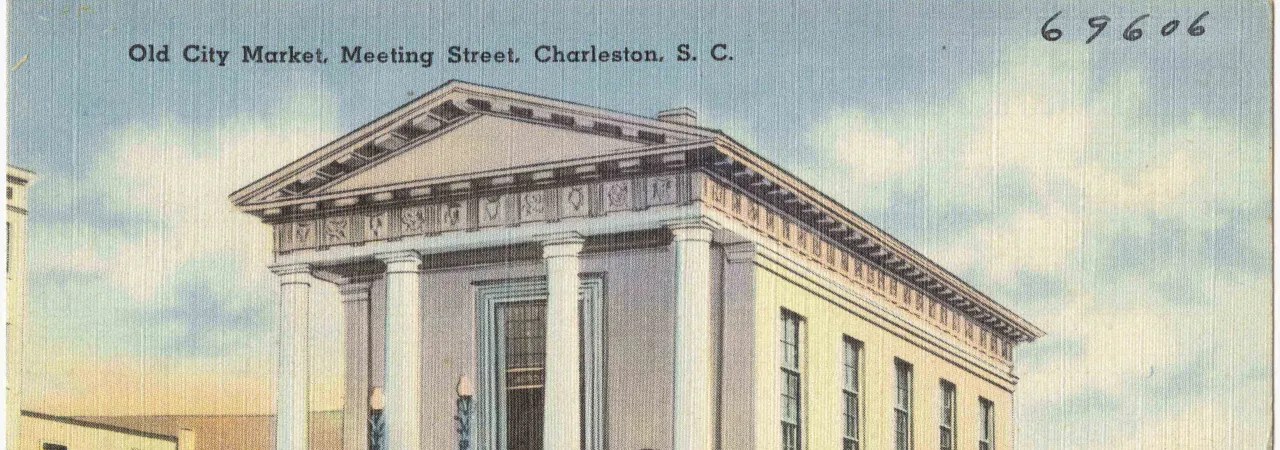
Charleston City Market.
One of downtown Charleston's most popular places to visit is the City Market. Originally laid out in the 1790s on land donated by Charles Cotesworth Pinckney (a signer of the United States Constitution), the City Market became the main place for selling, buying, and trading in the city for generations. The City Market is centrally located on the peninsula downtown, on what was once a creek that connected the Ashley and Cooper Rivers. After a destructive fire in 1838 consumed many of the structures at the market, the city rebuilt it in the 1840s.
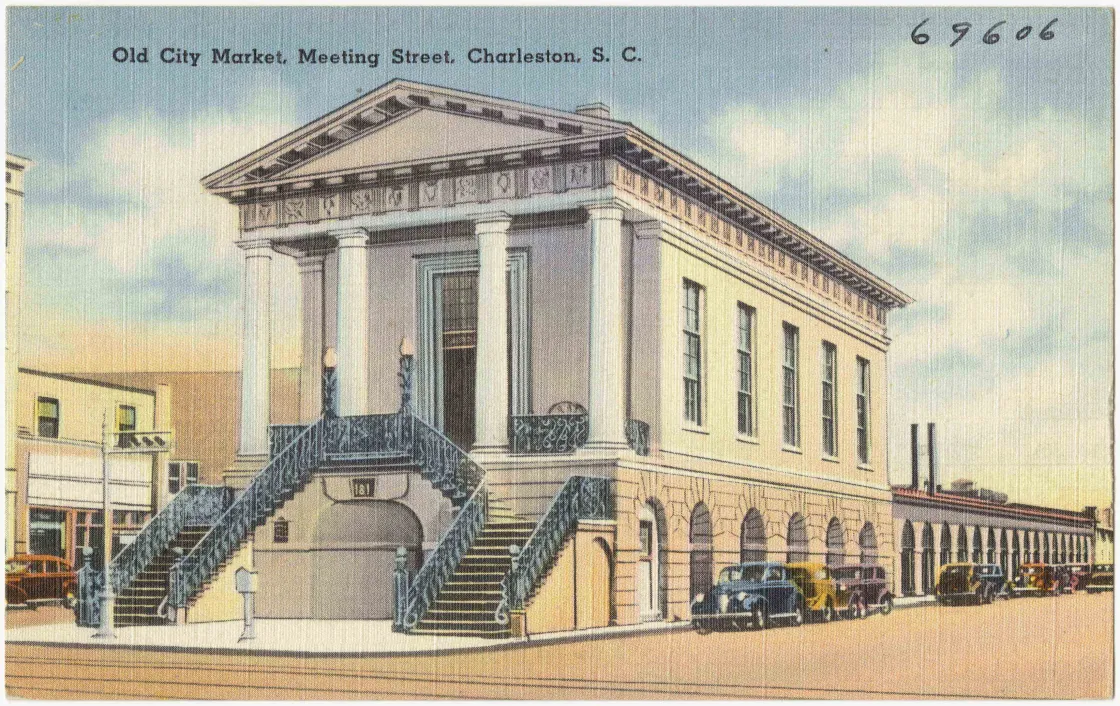
The City Market extends four blocks between Meeting Street on the west and East Bay Street on the east. Four long sheds lie between North Market and South Markets Streets, which house open-air stalls for selling goods. These stalls sell food and produce, such as meat, fish, and vegetables. The large amounts of meat at the market often attracted numerous large vultures who would eat many of the scraps. Often referred to as the slave market, slaves were not bought and sold here. Slave auctions did occur in Charleston, at places such as the Old Exchange Building and the Old Slave Mart but not at the city market. Rather, slaves would often sell goods, bringing goods such as meat and produce from nearby plantations to the city market. This is where the common name of the slave market came from.
The Market Hall stands above the sheds and the market on the western end of the City Market. Constructed in 1841, the Market Hall was designed by the architect Edward Brickell White. It was built to be a large meeting space above the market for use by the city or rented out to organizations for various functions. On the outside of the Market Hall, visitors will see engravings of ox and ram’s heads, signifying the selling and buying of meat in the market.
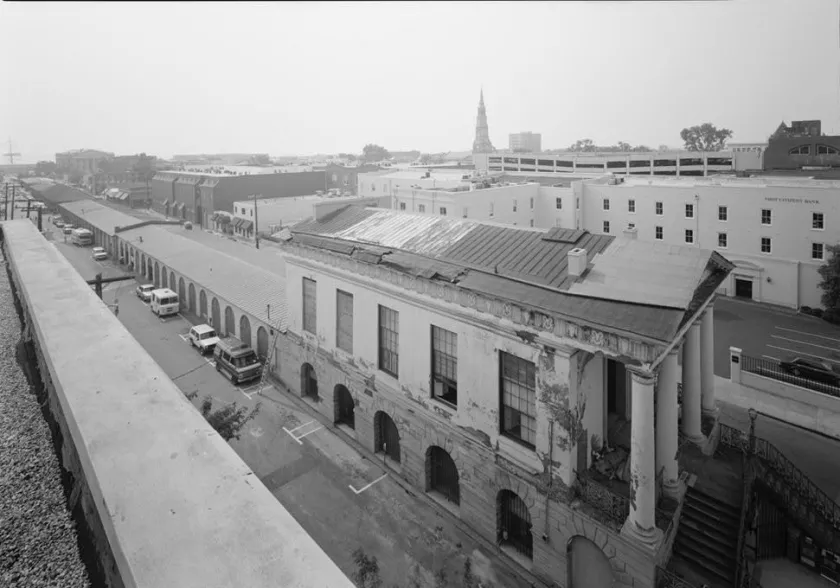
The Market Hall was the scene of numerous meetings and gatherings. At the beginning of the American Civil War, it was used as a recruiting station for Confederate soldiers. After the war, it continued to be used as a venue for public and private events. In 1899, it was given a long-term lease as a Confederate museum to the Daughters of the Confederacy, as it continues to be used today. In 1989, Hurricane Hugo hit Charleston, damaging the Market Hall and the museum inside. The museum was forced out of the Market Hall for over ten years after a major restoration occurred. The City Market has proved extremely resilient, having survived the Civil War, numerous hurricanes, a tornado, and a massive earthquake.
The City Market continues to be used as it was initially established as a market. However, art, food, jewelry, and souvenirs have replaced meat and produce. One of the more popular items sold at the city market today is the famous Gullah-Geechee sweetgrass baskets. The Gullah-Geechee people are descendants of the slaves who were brought from West Africa to the Lowcountry around Charleston, South Carolina. The tradition of the sweetgrass baskets has been passed on through the years and today is very popular in the City Market.
Today, the City Market remains one of the most visited spots in Charleston, welcoming people from around the world, where people have gathered for more than a hundred and fifty years to buy and sell goods.
